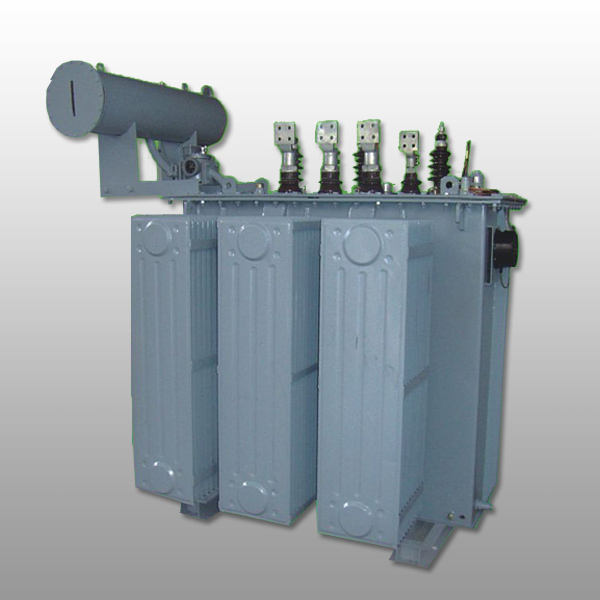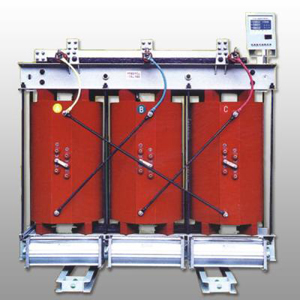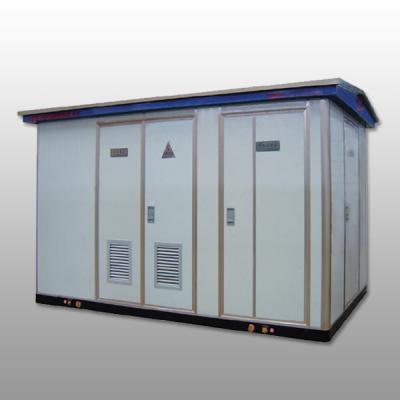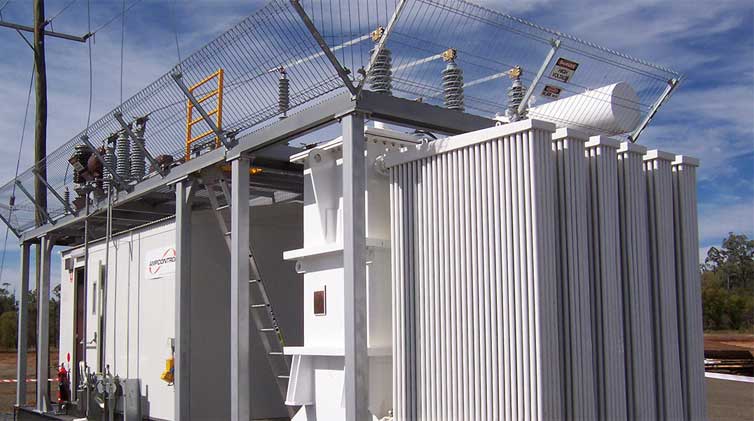Dry Type Transformer Applications
Dry-type transformer is a completely stationary solid-state device and it needs less maintenance to provide problem-free service. This transformer doesn't contain any moving parts. Not like liquid fill transformers, this transformer use simply high-temperature insulation systems as they are very safe environmentally. These transformers give a secure and consistent power source that doesn’t need fire-resistant vaults, the emitting of toxic gasses otherwise catch basins. These safety factors will allow these transformers to install in different applications where fire safety is required like schools, buildings, hospitals, factories, chemical industries.
Important Factors in Designing Dry Type Transformer
There are many important factors need to consider while designing this type of transformer, they are
- Selection of Type of Insulation
- Expectancy of Life
- Core Material Selection with Less Hysteresis Loss
- Level of Insulation
- Losses
- Winding Material Selection
- Regulation
- K-factor
- Overloading
Testing of Dry Type Transformer
In this transformer, insulation breakdown is the most frequently occurred failure which results in severe faults like earth faults or phase-phase winding. Based on the tests only the condition of insulation for the component parts in the transformer like core, windings, and bushings can be determined. In oil type transformer, the condition of winding insulation can be determined by using the common method like dissolved gas analysis but it cannot be achievable in dry-type transformers. There are different tests that include the following.
- Tests for partial discharge
- Insulation resistance tests
- Analysis of frequency response
- Polarization index tests
- Thermographic surveys
- Measurement tests for dielectric loss angle
- Acoustic emission tests
Advantages of Dry Type Transformer
The advantages are
- It is pollution-free
- These are used in the areas of contaminated and damped
- Installation is simple
- They are long last because of the dielectric heating & low thermal
- Protects the property & people
- For short circuit currents, they have high resistance
- Low Side clearance
- Performance is excellent
- Capacity is high to support overloads
Disadvantages of Dry Type Transformer
The disadvantages are
- These transformers are expensive
- Maintenance is difficult
- When the coils of the transformer are not properly cleaned then they can cause fire risks
- Maintenance of these devices needs deactivation & downtime.
- Electrical losses in these transformers are extensively higher.
- A cooling system must be required to control the losses which are generated by heat.
- Operating noises are high so they are not applicable in some indoor applications.
Applications of Dry Type Transformer
The applications are
- They are used in different industries like gas, chemical, and oil
- These are used in water protection areas which are sensitive environmentally
- Forests
- Used in substations of inner cities
- Substations like indoor as well as underground
- Renewable generation
Frequently Asked Questions about Dry Type Transformer
Q: What is the difference between dry type and oil type transformer?
A: As the cooling medium, dry type transformer uses air whereas the oil type uses oilQ: How do you test a dry-type transformer?
A: The transformer testing can be done by measuring the resistance of winding, voltage ratio, phase displacement, load loss, etc.Q: Which oil is filled in a transformer?
A: Insulating oils are filled due to high insulating properties.Q: Why is the oil used in a transformer?
A: Transformer oil is used for protecting the core & winding of the transformer because they are completely immersed within the oil.Q: What is DGPT in a transformer?
A: DGPT is the detection of gas, pressure & temperature for the transformers.Thus, this is all about an overview of dry type transformer. Compare with other transformers, these are best due to these reasons like size, insulation, risk of fire, maintenance, and cost of installation. Here is a question for you, what are the features of this transformer?
Jump to Content Sections
- 1 . Important Factors in Designing Dry Type Transformer
- 2 . Testing of Dry Type Transformer
- 3 . Advantages of Dry Type Transformer
- 4 . Disadvantages of Dry Type Transformer
- 5 . Applications of Dry Type Transformer
- 6 . Frequently Asked Questions about Dry Type Transformer
YUEBIAN Transformers You Might Be Interested
Leave a Message
You May Also Like
 English
English  français
français  Español
Español  русский
русский  العربية
العربية  tiếng việt
tiếng việt  Malay
Malay  Indonesia
Indonesia  বাঙালি
বাঙালি 




